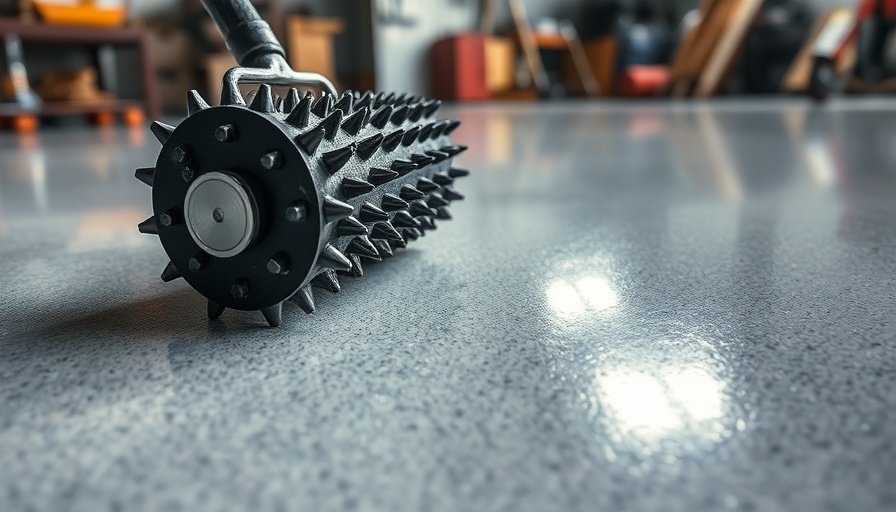
Understanding the Importance of Underlayment for Laminate Flooring
When it comes to installing laminate flooring, many homeowners overlook a critical component: the underlayment. Think of this as the unsung hero of your flooring project—it provides a stable foundation, protects against moisture, and ensures a comfortable walking experience. But what exactly should you consider when choosing the right underlayment?
Key Considerations for Selecting Underlayment
The selection of underlayment is paramount for several reasons. A high-quality underlayment can significantly influence the durability, comfort, and acoustics of your laminate flooring. Here are some key factors to consider:
- Type of Subfloor: The choice of underlayment largely depends on whether you're working with a concrete or plywood subfloor. If your subfloor is concrete, moisture barriers become essential to protect against water seeping up, which can warp the laminate. On the other hand, plywood allows for greater breathability and generally doesn’t require a vapor barrier unless moisture is a concern.
- Thickness Matters: Underlayment typically comes in thicknesses of 2mm to 3mm. Thicker options may provide extra cushioning and sound absorption but can lead to instability if excessive. It’s crucial to strike a balance to avoid issues like buckling or joint shifts.
- Functionality: Consider what features you need. Some underlayments offer sound absorption, while others may provide insulation benefits. For noisy households, a sound-absorbing underlayment is essential. Similarly, in colder climates, underlayments with higher R-values provide better insulation, making the flooring warmer to walk on.
Types of Laminate Flooring Underlayment
Not all underlayment products are created equal. Depending on your specific needs, here's an overview of common underlayment options:
- Foam Underlayment: This standard option is excellent for basic installations over plywood subfloors without moisture concerns. It provides some cushioning but should not be used in damp areas.
- Cork Underlayment: Known for its excellent sound-dampening qualities, cork also has natural antimicrobial properties. This type is effective for leveling uneven surfaces; however, it’s not moisture-proof and should be paired with a moisture barrier in susceptible areas.
- Combination Underlayment: A step up from standard foam, this typically integrates a vapor barrier, making it suitable for both concrete and wood subfloors. It helps mitigate moisture and provides better sound absorption.
Practical Tips for Choosing Underlayment
With a variety of underlayment options available, here are some practical insights that will help guide your selection process:
- Assess the Environment: Prioritize the specific environment of your installation area. If you are in a high-moisture location like a basement, opt for a vapor barrier layer in your underlayment. And if sound is a concern, look for options with STC (Sound Transmission Class) ratings to ensure noise reduction.
- Budget Considerations: While it may be tempting to go with the cheapest option, investing in a good quality underlayment will pay off in the long run. Underlayment can range from $20 to $40 per roll depending on material and features, and it affects both the life and performance of your laminate flooring installation.
- Installation Ease: Many underlayment products are designed for simple installation. Make sure the underlayment you choose can be easily rolled out and adhered to the subfloor, ensuring minimal gaps and maximum efficacy.
Final Thoughts: Why Underlayment is Non-Negotiable
In conclusion, taking the time to carefully select the right underlayment for your laminate flooring will enhance not only the beauty of your installation but its functionality and longevity as well. By ensuring a moisture-free, cushioned, and sound-buffered environment beneath your feet, you'll create a comfortable living space that elevates your home’s atmosphere.
If you're unsure which product suits your flooring project the best, don’t hesitate to ask for help from flooring professionals who can guide you through the options based on your unique needs.
 Add Row
Add Row  Add
Add 




Write A Comment